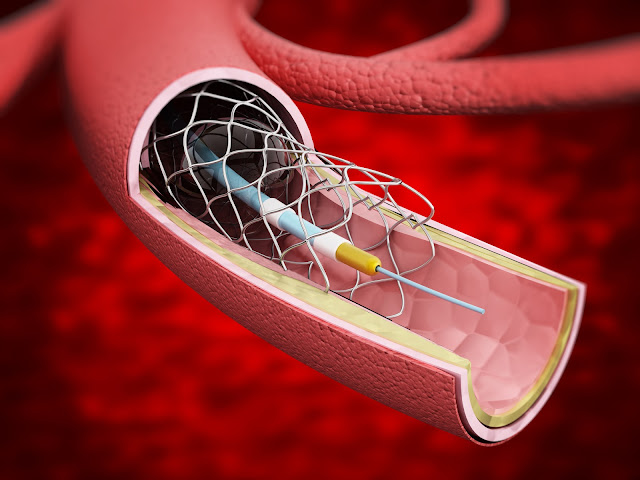Peripheral Vascular Devices Include Angiography Catheters, Hemodynamic Flow Alteration, And Others
 |
| Peripheral Vascular Devices |
Peripheral vascular diseases, which
affect the blood vessels outside the heart and brain, pose significant health
risks and can lead to severe complications if left untreated. In recent years,
the development of innovative peripheral vascular devices has transformed the
field of vascular medicine, providing advanced treatment options for patients
suffering from conditions such as peripheral artery disease (PAD) and deep vein
thrombosis (DVT).
Peripheral Vascular Devices encompass a wide
range of medical devices designed to diagnose, treat, and manage vascular
diseases. These devices are used to restore blood flow, remove blockages,
reinforce weakened vessels, and provide support during various vascular
procedures. The advancements in peripheral vascular devices have led to
minimally invasive techniques, reduced complications, shorter recovery times,
and improved patient outcomes.
One of the primary types of peripheral
vascular devices is the angioplasty balloon catheter. This device consists of a
flexible catheter with an inflatable balloon at its tip. During an angioplasty
procedure, the balloon catheter is inserted into the blocked or narrowed blood
vessel. Stents are another essential category of peripheral vascular devices.
These small, expandable mesh tubes are inserted into narrowed or weakened blood
vessels to help keep them open. Stents act as scaffolds, providing structural
support and preventing vessel collapse or restenosis (re-narrowing) after
angioplasty.
In some cases, more complex peripheral
vascular devices are required to address specific vascular conditions.
Atherectomy devices, for instance, are designed to remove plaque or blockages
from blood vessels. These devices employ various mechanisms, such as cutting,
shaving, or vaporizing the plaque, and are particularly useful in treating
heavily calcified or fibrous lesions. Atherectomy procedures can be performed
alone or in combination with angioplasty and stenting, depending on the
patient's condition and the location of the blockage.
Another class of Peripheral Vascular Devices used in the
treatment of DVT is the inferior vena cava (IVC) filter. These small, cage-like
devices are implanted in the vena cava, the large vein, which can carry blood
from the lower body to the heart. IVC filters are used in patients at risk of
developing blood clots that can travel to the lungs (pulmonary embolism).
Moreover, advancements in peripheral
vascular devices have led to the development of drug-eluting technologies.
Drug-eluting stents and balloons are coated with medications that are slowly
released into the blood vessel, helping to inhibit the re-narrowing of the
vessel and prevent restenosis. These devices have shown promising results in
reducing the need for repeat interventions and improving long-term outcomes for
patients with PAD.
Intravascular ultrasound (IVUS) and
optical coherence tomography (OCT) allow for detailed visualization of the
blood vessel, providing real-time information about plaque composition, vessel
size, and anatomy. This imaging guidance assists physicians in selecting
appropriate peripheral vascular devices, optimizing treatment strategies, and
ensuring accurate placement during procedures.



Comments
Post a Comment